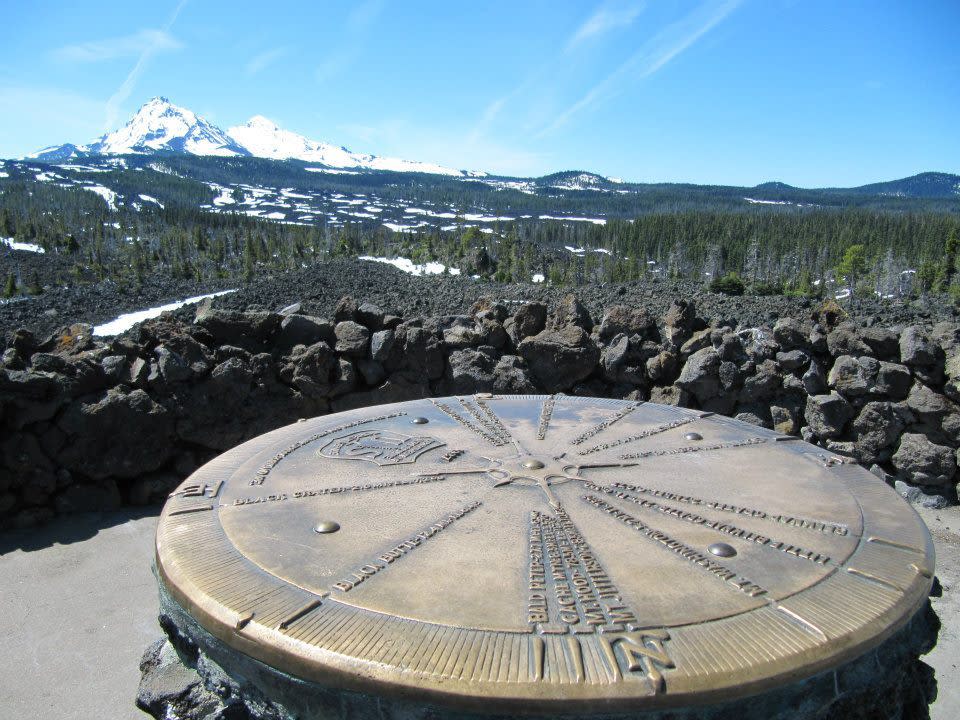
20 Oregon highways 22 and 242). Tephrafrom such eruptions could affect nearby communities, especially to the east in Central Oregon.

Such eruptions could sever major highways that cross this region of the Cascades (U.S. It is not likely that Belknap itself will erupt again, but eruptions similar to the type that formed Belknap could occur anywhere in the surrounding area. The final eruptions from the base of Belknap Crater sent lavas 15 km (9 mi) west into the McKenzie River valley. The third phase produced the remaining bulk of the volcanic complex, which erupted basaltic andesite lavas from the central vent (Belknap Crater, about 1,500 years ago) and from a vent 2 km (just over one mile) to the south (South Belknap cone, about 1,700 years ago). Do you want to know the entry ticket price for Dee Wright Observatory Opening & closing timings, parking options, restaurants nearby or what to see on your. About 2,900 years ago, a second phase produced a smaller shield known as Little Belknap. The first eruptions produced tephra that spread over a broad area to the northeast and southeast as basaltic lava flows travelled eastward for 10 km (6 mi) from a growing shield. The main Belknap shield has a diameter of approximately 8 km (5 mi).Įruptions from this area took place from about 3,000 to 1,500 years ago as a few different phases. The lava flows cover about 100 km 2 (about 40 mi 2). The Belknap complex comprises many lava flows and tephra layers erupted from a central vent and from several flank vents. The historic observatory on the McKenzie Pass in the Oregon Cascades affords a spectacular view of the surrounding peaks an the cosmos over head. Belknap is a typical example of one type of volcanism responsible for construction of the High Cascade volcanic arc.


 0 kommentar(er)
0 kommentar(er)
